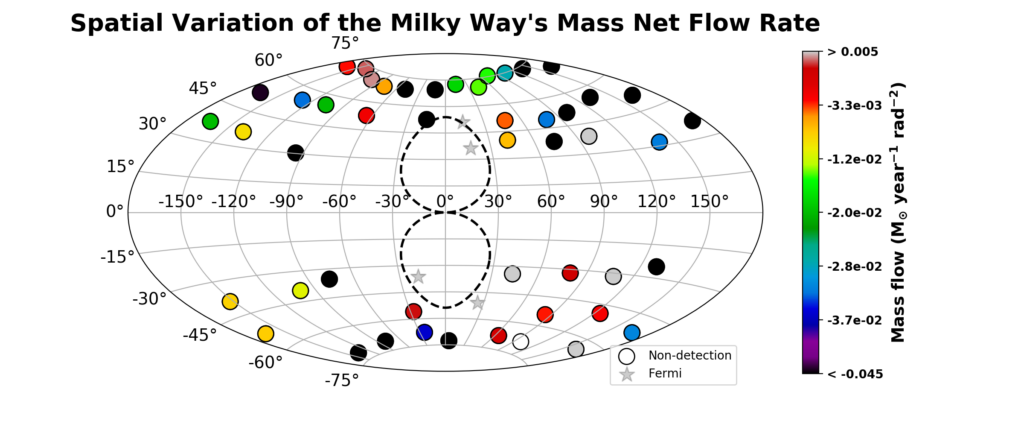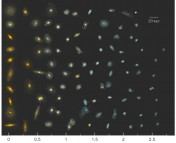The Undergraduate Research series is where we feature the research that you’re doing. If you are an undergraduate that took part in an REU or similar astro research project and would like to share this on Astrobites, please check out our submission page for more details. We would also love to hear about your more general research experience!

Sean Clark
North Carolina State University
This guest post was written by Sean Clark. Sean Clark is a senior in aerospace engineering at North Carolina State University. He conducted this research to supplement his pursuit of a minor in physics. This work was presented at the AAS 236th meeting and a manuscript currently in preparation.
How much low-metallicity gas galaxies accrete onto their disk determines whether they can sustain star formation over long timescales, and therefore affects their evolutionary path. This accreted gas can stem from intergalactic sources, mergers with satellite galaxies and from gas feedback processes within the galaxy itself. This feedback process, known as the baryonic cycle, involves material being expelled by supernovae and the active galactic nucleus out to the galaxy halo or circumgalactic medium (CGM) before it is accreted back into the disk once it has cooled and condensed.
The purpose of this study was to characterize the mass and flow rates of diffuse gas within our Milky Way’s CGM. By using co-addition processes, we were able to conduct a spatially resolved kinematic analysis of the multi-phased gas. The sample consisted of UV absorption spectra from bright background quasars obtained from the Hubble Space Telescope’s Spectroscopic Legacy Archive. We co-added spectra from different, closely separated, background sources over 53 regions spanning the sky. By co-adding the absorption lines, the signal to noise of the resultant spectra is boosted, which allows for detection of low column density gas. In the spectra, we focused on high-velocity red and blue shifts in the absorption components, which are associated with the halo at 5-15 kpc away from the disk. After accounting for the rotation rate of our galaxy, these red and blue shifts in the spectra allow us to separate the flows into outflowing or inflowing material.
Through this study we were able to find that inflow/outflow rates vary across different regions of the sky by over an order of magnitude and that the Milky Way is accreting mass at a rate of ≥0.56 solar masses per year measured at a distance of 12 kpc from the disk (excluding structures such as the Magellanic Stream and Fermi Bubbles). This material will fuel the formation of next generation stars in the disk and the results provide crucial empirical constraints on galactic evolutionary models.

Edited by: Emma Foxell




